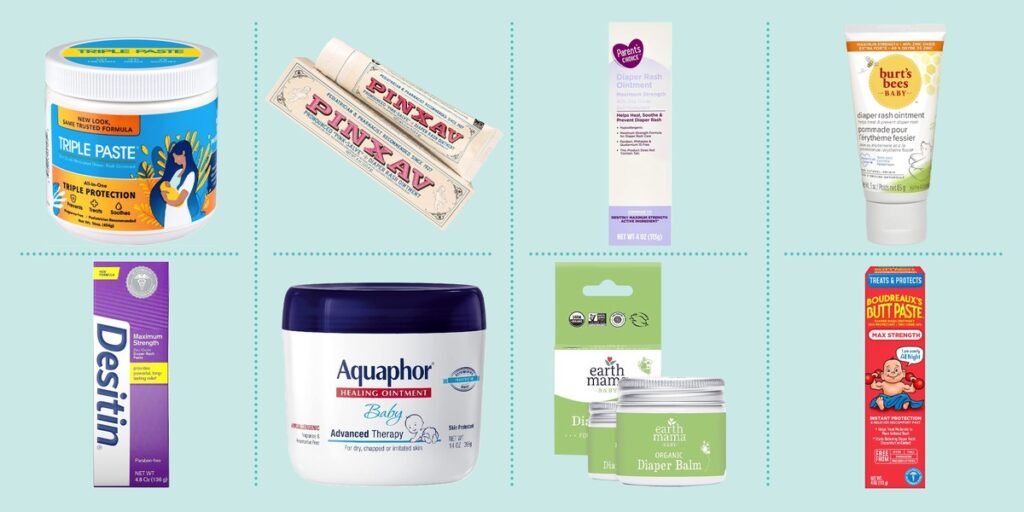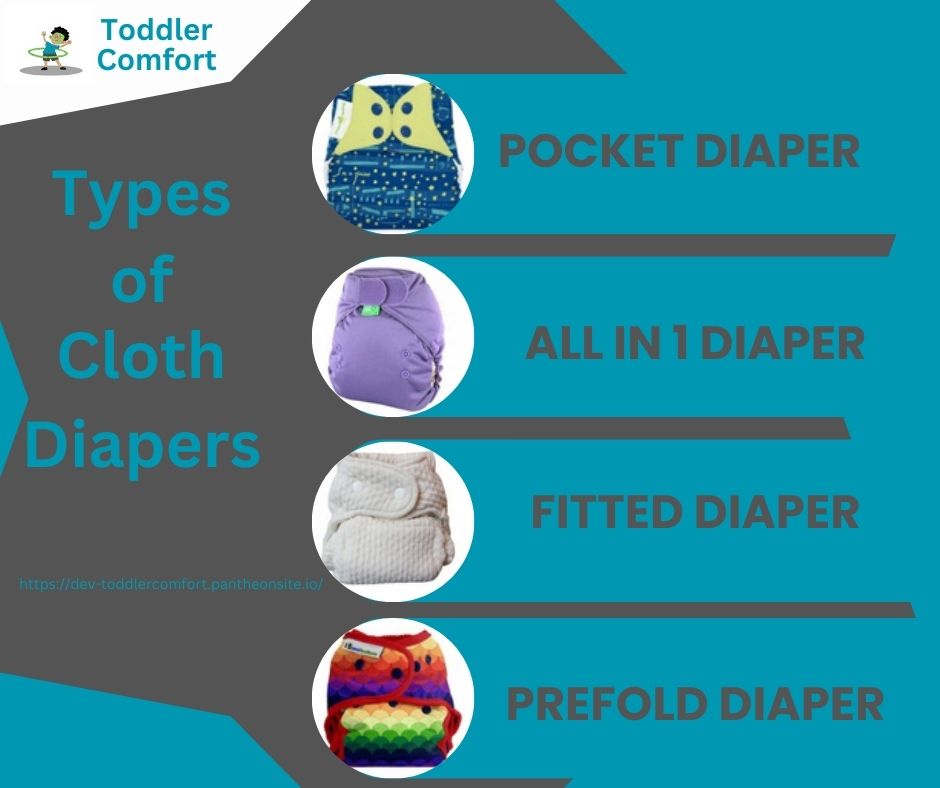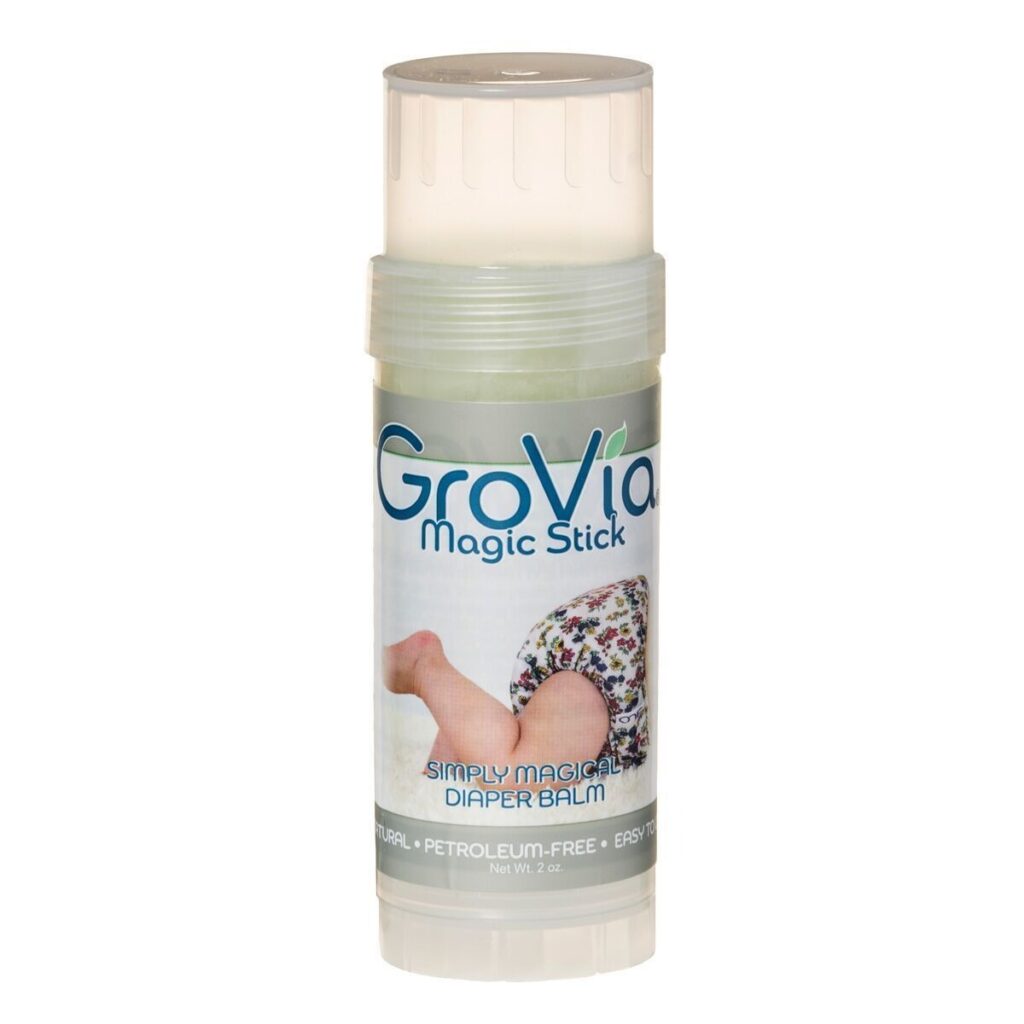Introduction
Choosing the right diaper cream for cloth diapers can be a daunting task. With so many options available, it’s crucial to find a product that not only soothes your baby’s skin but also preserves the integrity of the cloth diapers. Let’s dive into everything you need to know about finding the perfect diaper cream for cloth diapers.
Understanding Diaper Creams
Before commencing the topic, we need to be clear about the fact that what is a diaper cream, the ingredients it needs to be created and what are the common differences between regular diaper cream and diaper cream for cloth diapers.
What is diaper cream?
To avoid unwanted situations for babies, one possible solution is pampering them with diapers. But making them always wear the diapers may cause rashes on their soft skin which leads to irritation on their bums, and sometimes leads to severe bleeding. This type of scenario is frequent nowadays in every household with babies. Now, in this type of situation, we normally clean the baby’s bottom with soap and grab and spread the antiseptic cream or talcum powder on the baby’s butt which is not recommended by NHS. According to their research, these types of ingredients create more irritation and slow down the healing mechanism.
Diaper cream is a topical ointment designed to prevent and treat diaper rash on baby skin. It acts as a barrier between the baby’s skin and moisture, reducing irritation and promoting healing. If there has been any irritation observed on the baby’s bottom, diaper cream also reduces the dampness of the irritated skin and slows down spreading which leads to less damage.

Common ingredients in diaper creams
Diaper creams typically contain a combination of ingredients designed to protect a baby’s skin, soothe irritation, and promote healing. Here are some common ingredients found in diaper creams:
- Zinc Oxide:
- Function: Creates a protective barrier on the skin to prevent moisture from irritating.
- Common in: Most diaper creams, especially those designed to treat and prevent diaper rash.
- Petrolatum (Petroleum Jelly):
- Function: Forms a barrier on the skin, locking in moisture and keeping irritants out.
- Common in: Many ointment-style diaper creams and barrier creams.
- Lanolin:
- Function: Moisturizes and protects the skin.
- Common in: Some diaper creams, especially those that emphasize natural ingredients.
- Dimethicone:
- Function: A silicone-based ingredient that smooths and protects the skin, acting as a barrier.
- Common in: Diaper creams that focus on preventing moisture loss.
- Beeswax:
- Function: Acts as a natural barrier, helping to seal in moisture.
- Common in: Natural and organic diaper creams.
- Aloe Vera:
- Function: Soothes and moisturizes the skin, with anti-inflammatory properties.
- Common in: Creams that are marketed as gentle or soothing.
- Calendula:
- Function: A natural anti-inflammatory and antibacterial ingredient, known for its skin-healing properties.
- Common in: Organic or natural diaper creams.
- Shea Butter:
- Function: Provides deep moisture and has healing properties.
- Common in: Natural and organic diaper creams.
- Coconut Oil:
- Function: Moisturizes the skin and has natural antibacterial properties.
- Common in: Many natural or homemade diaper creams.
- Vitamin E:
- Function: Acts as an antioxidant and skin conditioner.
- Common in: Creams that focus on skin health and healing.
These ingredients work together to provide a protective barrier, prevent moisture from irritating, and soothe any existing diaper rash.
Regular diaper creams can cause build-up and staining on cloth diapers, reducing their absorbency and lifespan. This is why choosing creams specifically formulated for use with cloth diapers is important.
Cloth Diapers: A Brief Overview
Benefits of using cloth diapers
Cloth diapers are eco-friendly, cost-effective, and often gentler on your baby’s skin than disposable diapers. They are reusable and can significantly reduce waste.
Major 4 types of cloth diapers
Cloth diapers come in various types, each with its own set of features, pros, and cons. Here are the most common types:
1. Pocket Diapers
- Description: This type of diaper contains a pocket where we can insert absorbent pads.
- Pros: Flexible absorbency, easy to put on, comes with a waterproof cover.
- Cons: Requires stuffing and unstuffing, overpriced than prefolds.
2. All-in-One (AIO) Diapers
- Description: A complete diaper with an absorbent layer sewn into a waterproof cover.
- Pros: Easy to use, no stuffing or folding needed.
- Cons: Takes longer to dry, more expensive.
3. Fitted Diapers
- Description: A cloth diaper shaped like a disposable regular diaper with elastic ends around the leg holes to prevent leakage.
- Pros: As it is designed as a regular diaper, it fits well. Moreover, the absorbency power is higher than the other types of cloth diapers.
- Cons: Requires a separate waterproof cover.
4. Prefold Diapers
- Description: Rectangular cloths that are folded into a diaper shape and secured with a diaper fastener or pin.
- Pros: This type of cloth diaper is affordable, durable, and quick to dry.
- Cons: It requires folding and a separate waterproof cover.

Common issues with cloth diapering
While cloth diapers are beneficial, they do come with challenges such as build-up, staining, and the need for frequent washing. Thus, unless regular ones, parents need to consider diaper cream for cloth diapers for their next shopping cart.
The Impact of Diaper Cream on Cloth Diapers
Specifically safe diaper cream for cloth diapers contains natural oils like coconut oil or water-based lube, which is likely to cause fewer problems to baby skin.
How does diaper cream for cloth diapers result?
Specially designed diaper creams for cloth diapers are more gentle on the fabrics than the regular ones because of water-based elements and natural oils which less significantly cause rash problems on baby skins.
Build-up and residue issues
Ingredients like petroleum and zinc oxide create a waterproof barrier, which is great for skin protection but problematic for cloth diapers as they prevent absorption.
Staining concerns
Many diaper creams can stain cloth diapers, making them look unsightly and harder to clean.
Ingredients to Avoid in Diaper Cream for Cloth Diapers
When using cloth diapers, it’s important to be cautious about the ingredients in diaper creams, as some can cause build-up on the fabric or reduce the absorbency of the diapers. Here are some ingredients to avoid in diaper cream for cloth diapers:
1. Petroleum Jelly (Petrolatum)
- Reason to Avoid: Can create a barrier that reduces the absorbency of cloth diapers and may be difficult to wash out.
2. Mineral Oil
- Reason to Avoid: Like petroleum jelly, it can coat the fabric and hinder the absorbency of cloth diapers.
3. Lanolin
- Reason to Avoid: While it is a natural ingredient, lanolin can be difficult to fully remove from cloth diapers and may affect their absorbency.
4. Zinc Oxide (in high concentrations)
- Reason to Avoid: Zinc oxide is a common ingredient in diaper creams, but high concentrations can leave a residue on cloth diapers that may be hard to wash out. Look for products with lower concentrations or those specifically labeled as cloth-diaper safe.
5. Fragrances
- Reason to Avoid: Artificial fragrances can irritate sensitive skin and may not wash out completely from cloth diapers.
6. Dyes
- Reason to Avoid: Dyes can be harsh on delicate skin and may stain or affect the performance of cloth diapers.
7. Silicones
- Reason to Avoid: Ingredients like dimethicone can create a barrier that might not be compatible with the absorbency of cloth diapers.
8. Alcohol
- Reason to Avoid: Alcohol can be drying and irritating to sensitive skin, and may affect the fabric of cloth diapers.
9. Artificial Preservatives
- Reason to Avoid: Ingredients like parabens and phenoxyethanol can be harsh and may cause skin irritation or allergies.
10. Essential Oils (in high concentrations)
- Reason to Avoid: While essential oils can have soothing properties, they can also be irritating in high concentrations and may affect the fabric of cloth diapers.
For cloth diapering, it’s best to use diaper creams specifically labeled as “cloth diaper safe” or those that are free from these problematic ingredients. Alternatively, you can opt for natural alternatives or use a thin layer of cream and ensure that the diaper is thoroughly cleaned after each use.
Ingredients to Look for in Diaper Cream for Cloth Diapers
1. Natural and organic ingredients
Opt for creams with natural ingredients like coconut oil, shea butter, and beeswax, which are gentle on both the baby’s skin and cloth diapers.
2. Safe oils and waxes
Ingredients like olive oil, jojoba oil, and carnauba wax are great alternatives to petroleum and other harsh chemicals.
3. Healing botanicals
Look for diaper creams with calendula, chamomile, and aloe vera, which have natural healing properties.
Top Brands of Diaper Cream for Cloth Diapers
Overview of popular brands
Some of the best diaper creams for cloth diapers come from brands like Earth Mama, GroVia, and Boudreaux’s Butt Paste.
Pros and Cons of Each Brand’s Diaper Cream for Cloth Diapers
Earth Mama: Known for its natural ingredients, but can be pricey.

GroVia: Effective and cloth-safe, but has a thicker consistency.

Boudreaux’s Butt Paste: Widely available and effective, but some formulas may contain zinc oxide.
DIY Diaper Cream for Cloth Diapers Recipe
Simple and safe homemade recipes
Creating homemade diaper cream for cloth diapers can be a fun and safe alternative. A basic recipe includes coconut oil, shea butter, and a few drops of essential oils.
Benefits of making homemade diaper cream for cloth Diapers
Homemade diaper cream for cloth diapers allows you to control the ingredients, ensuring safety and effectiveness.
How to Apply Diaper Cream with Cloth Diapers
Best practices for application
Apply a thin layer of diaper cream for cloth diapers to the baby’s clean, dry skin. Ensure it is evenly spread to avoid build-up on the diaper.
Tips to avoid build-up and staining
Using a liner between the cream and the diaper can help prevent build-up and make cleaning easier.
Cleaning Cloth Diapers with Diaper Cream Residue
Effective washing techniques
Pre-rinse the diapers with cold water to remove any cream residue, then wash with a recommended detergent.
Recommended detergents and cleaners
Choose detergents that are free from additives and fragrances, specifically formulated for cloth diapers.
Common Myths About Diaper Cream and Cloth Diapers
Debunking misconceptions
Many believe that all diaper creams are bad for cloth diapers, but this isn’t true. Choosing the right cream can prevent issues.
Facts vs. myths
Fact: Some creams are safe for cloth diapers.
Myth: You can’t use any diaper cream with cloth diapers.
Tips for Preventing Diaper Rash with Cloth Diapers
Importance of frequent changes
Changing diapers frequently prevents prolonged exposure to moisture, reducing the risk of rash.
Maintaining proper hygiene
Ensure the baby’s bottom is clean and dry before applying diaper cream and putting on a fresh diaper.
Using liners to protect cloth diapers
Liners act as a barrier between the cream and the diaper, preventing build-up and making cleaning easier.
Transitioning from Disposable to Cloth Diapers
Preparing for the switch
Gather all necessary supplies, including cloth diapers, liners, and cloth-safe diaper creams.
What to expect
There may be a learning curve, but with patience, you’ll soon find cloth diapering to be a manageable and rewarding experience.
Real Moms Share Their Experiences
Testimonials and tips from parents
Many parents have successfully used cloth diapers and shared tips on forums and social media groups. Their experiences can offer valuable insights and support.
Personal stories and advice
Stories from other parents can provide encouragement and practical advice for new cloth diaper users.
Conclusion
Finding the right diaper cream for cloth diapers involves understanding the ingredients and their impact on both your baby’s skin and the diaper’s performance. With careful selection and proper care, you can ensure a comfortable and effective cloth diapering experience.
FAQs
What makes a diaper cream safe for cloth diapers?
Generally, diaper cream for cloth diapers typically contains natural, non-petroleum-based ingredients that don’t cause build-up or staining.
Can I use any diaper cream with cloth diapers?
No, not all diaper creams are suitable. Avoid creams with petroleum, zinc oxide, and other harsh chemicals.


